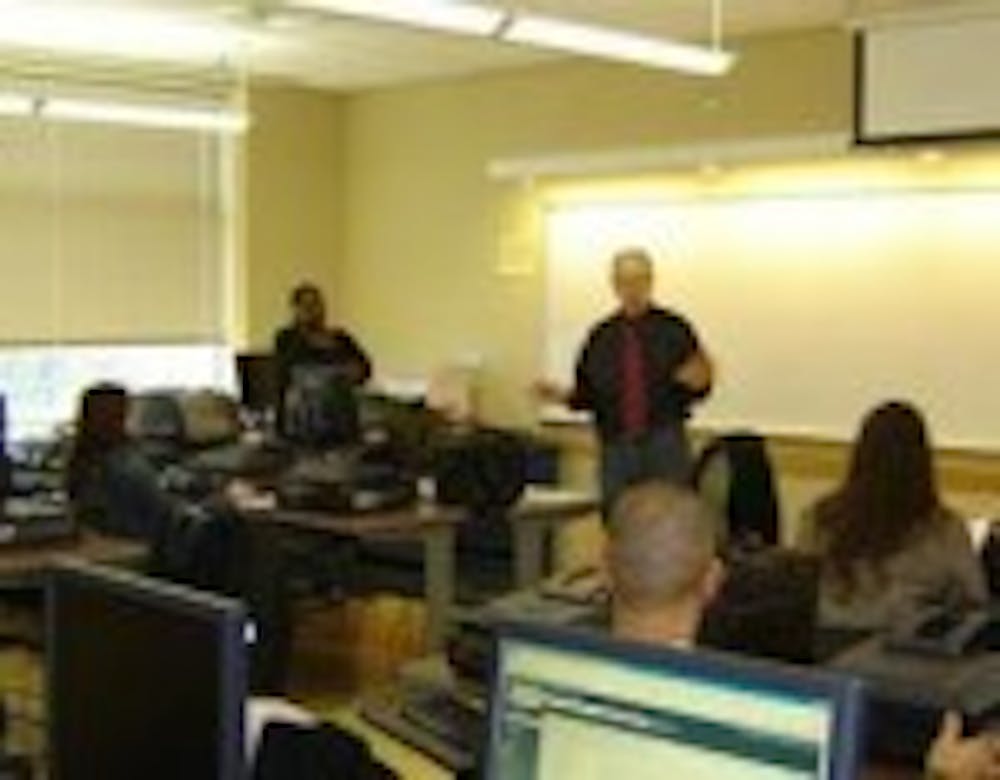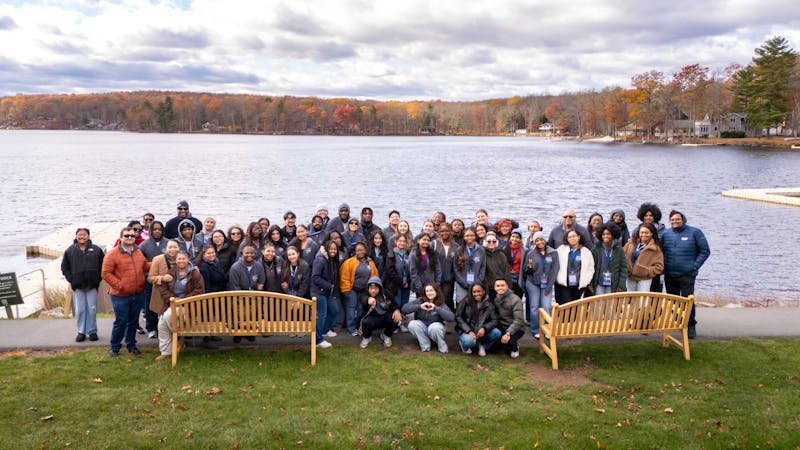Kean University is no stranger in exposure to adjunct professors. With over 950 adjuncts currently employed for the 2009 fall semester, Kean heavily relies on the presence of these "road scholars" as an essential part of the campus family. Too often, unfortunately, false assumptions surrounding the adjunct's capabilities and credentials are made in response to both faculty status and their "adjunct" title itself. In truth, adjunct professors can be both experienced and qualified, even more so than some tenured professors. What students should be mindful of is that the adjunct status of some professors, whether attained by choice or circumstance, is one that is not limited to the quality that they can bring to the classroom. Dr. Kathleen Henderson, president of the Kean University Adjunct Faculty Federation and a recipient of the Distinguished Adjunct Faculty award, reflects on the student expectancy of adjunct classroom conduct. Henderson, as a member of the classroom and the administration, recognizes that the adjunct title often hinders the expectancy of the students enrolled in their classes. "The students are really surprised to see how much I work them," Henderson recalls. "They are caught off guard at first, but they do the work, and realize how much they are learning from it. When I run my classroom, I make sure the time is used efficiently."
According to the state's definition of what an adjunct professor is considered in regards to work status, an adjunct falls fourth on the tier behind positions considered full-time, part-time, and instructor. Here on the Kean campus, however, adjuncts are made to feel more inclusive than that. Dr. Dawood Farahi, president of Kean University, has been said to give much praise to the Kean adjunct faculty, verbally honoring adjuncts as part-time employees. While it is true that adjuncts are hired from a semester to semester basis, Kean looks to its adjunct family as an essential necessity to the education it provides.
"We see our engagement with our professors as long term relationships," says Dr. Mark Edward Lender, Vice President of Academic Affairs for Kean University. "In order to function, we must consider the adjuncts part and parcel of this university."
In addition to the roles that Kean adjuncts play as educators, they are also contributors of community service and task programs. In the most recent community service, the Kean adjunct faculty donated 118 solar cookers to women in the country of Darfur. With these cookers, women can avoid the dangers of travel outside their communities, feed their families easier, and utilize the device to develop an occupation for steady income. To address the importance of a successful start in college, an assembly of twenty adjuncts has been appointed to a program called the "ATEAM". The program is made up of ten adjuncts specifically trained for the English composition course and the introductory algebra course, both of which are mandatory of all Kean students. The intention is to offer incoming students a strong start in their core academics in hopes that it will transcend to their future semesters here at Kean. The adjuncts involved in this trial program are seasoned professors with excellent reviews under their belt.
The question at hand then is what do adjunct professors have to offer the Kean community in comparison to full-time, tenured professors. As adjuncts are only allowed to teach up to nine credits a semester, many of them often hold work with several institutions at the same time. This opportunity allows adjuncts to offer a multitude of outside experience into classroom management and teaching style. Their lack of tenor also highlights the extra time and effort that they, as professors who are not compensated for the development of syllabi, after class mentoring and tutoring, or curriculum creation, put forth. Students are encouraged to feel compelled to voice appreciation for adjuncts that they feel go beyond the expectations of their job requirements.
The Adjunct Family
A look inside the roles of the adjunct faculty of Kean





